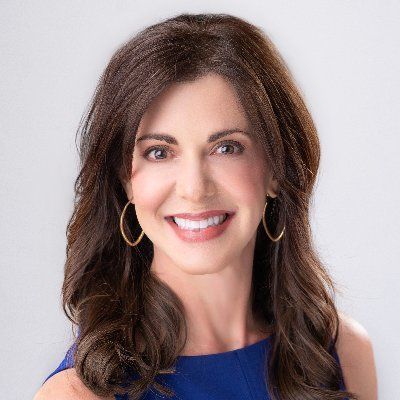- Center on Health Equity & Access
- Clinical
- Health Care Cost
- Health Care Delivery
- Insurance
- Policy
- Technology
- Value-Based Care
Kathy Oubre on Strategies to Mitigate Challenges When Adopting New Payment Models
While adopting new payment models can come with challenges, there are strategies that can help oncology practices optimize their approaches, said Kathy Oubre, MS, CEO of Pontchartrain Cancer Center.
As oncology practices strive to deliver high-quality, cost-conscious care to patients, alternative payment models such as the Center for Medicare and Medicaid Innovation's Enhancing Oncology Model (EOM) and models from commercial payers have been explored as avenues to encourage these initiatives.
While adopting new payment models can come with challenges, there are strategies that can help practices optimize their approaches, Kathy Oubre, MS, CEO of Pontchartrain Cancer Center, told The American Journal of Managed Care® (AJMC®).
Kathy Oubre, CEO, Pontchartrain Cancer Center

AJMC: What have been some of the biggest challenges oncology practices face when it comes to adopting new payment models?
Oubre: I think the biggest challenge that practices face when bringing on a new payment model is getting everyone in the organization on board with that new model to understand the "why" and to understand the workflows and the value to the practice as well as the patients.
AJMC: Are there new strategies and innovations being explored to address the infrastructure and resource challenges associated with these new payment models?
Oubre: There are a lot of new strategies and innovations available in the cancer care space when thinking about value-based care. But I think practices need to think judiciously about that. Because really, there's small solutions for every facet of value-based care. But then that's a lot of technology to keep up with. So I think, you know, we need to spend time figuring out what we can handle on a practice level with our own resources, and where we need to make partnerships to bring to work those facets of the value-based care model better.
Some of the resource challenges are, quite frankly, some of the finances behind all of these different technologies that practices can take advantage of to help in value-based care, because all of those things have a cost, which then eats into the overall cost, or margin, of a practice. So you do have to be judicious in how we bring those things online. But there are some really good models out there.
For example, there are some really good softwares that help practices. So for example, we've been doing principal care management for about the last year. But we've been doing that within the EMR [electronic medical records], but it's more of a paper process, or lack of an automated process. So we brought on a software vendor to help us with that to help automate it and just make it more seamless within the organization. And we saw a tremendous uptake within our patients, we saw pretty good adoption as to the "why" and the understanding within our employees. And within probably a month of us utilizing that that vendor, we were able to turn that investment into a profit, which really helps us, helps the patient, and helps the payer.
AJMC: In your opinion, what roles do policy development and regulatory support play in ensuring the continued success and sustainability of alternative payment models?
Oubre: When we're considering considering payment policies and regulatory issues around patients and patient care, we need to remember that one size does not fit all when we're designing these models. We see that when looking at social determinants of health. We treat wide varieties of patients—we treat people with master's degrees, we treat people with an eighth grade education, we treat people who are in the top 1%, and we treat patients who need food bank assistance. So when we're designing these models and how we think things should work, be that OCM [Oncology Care Model] or EOM [Enhancing Oncology Model] or a commercial payer model, we need to take into account that there's a large variability of patients that we have to serve in order to fulfill our mission as a practice.
Trends in Hospital Pricing for Vulnerable Emergency Department Users, 2021-2023
December 4th 2025Self-pay emergency department prices rose significantly from 2021 to 2023, especially at for-profit and system-affiliated hospitals, highlighting growing affordability challenges for uninsured and underinsured patients.
Read More
